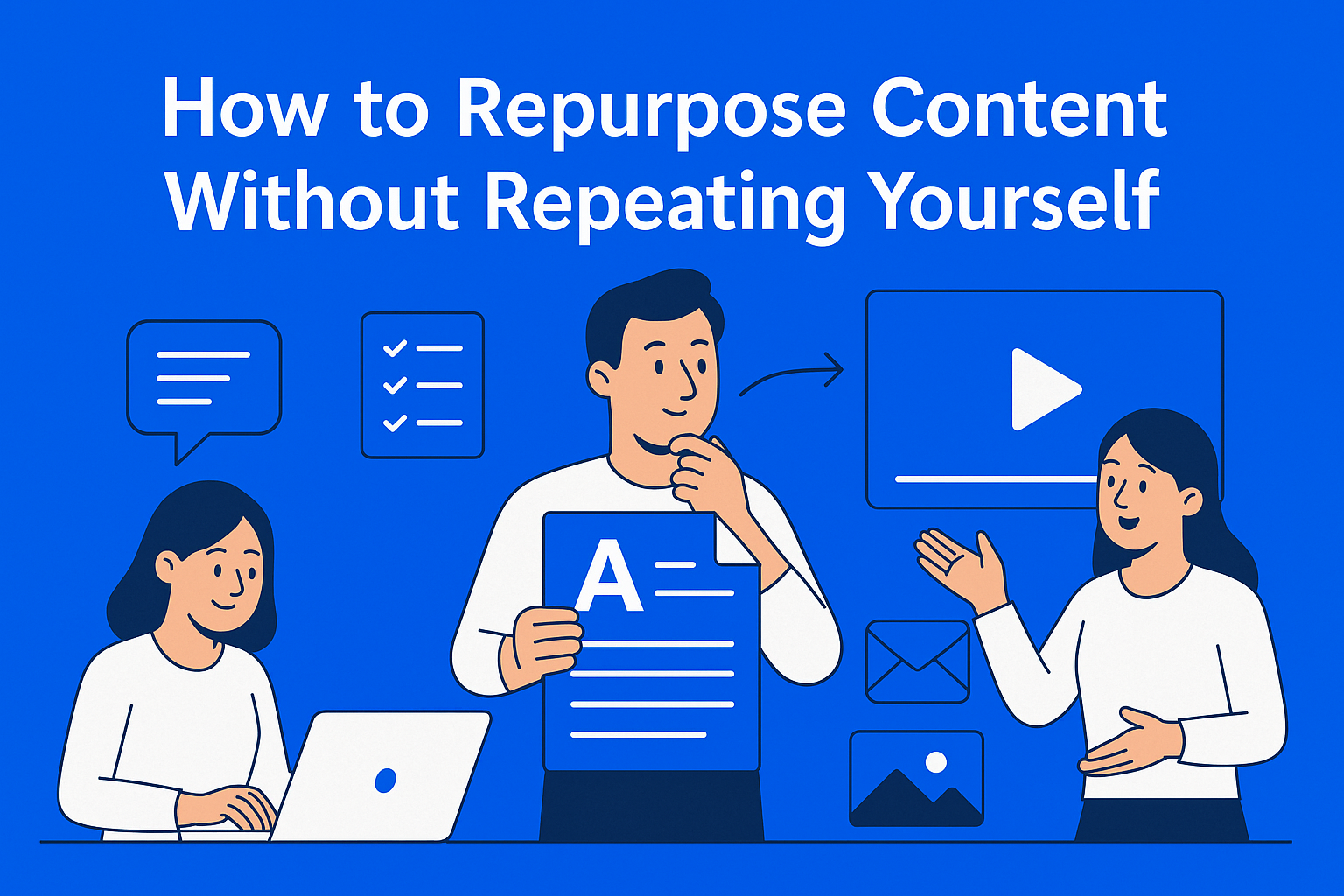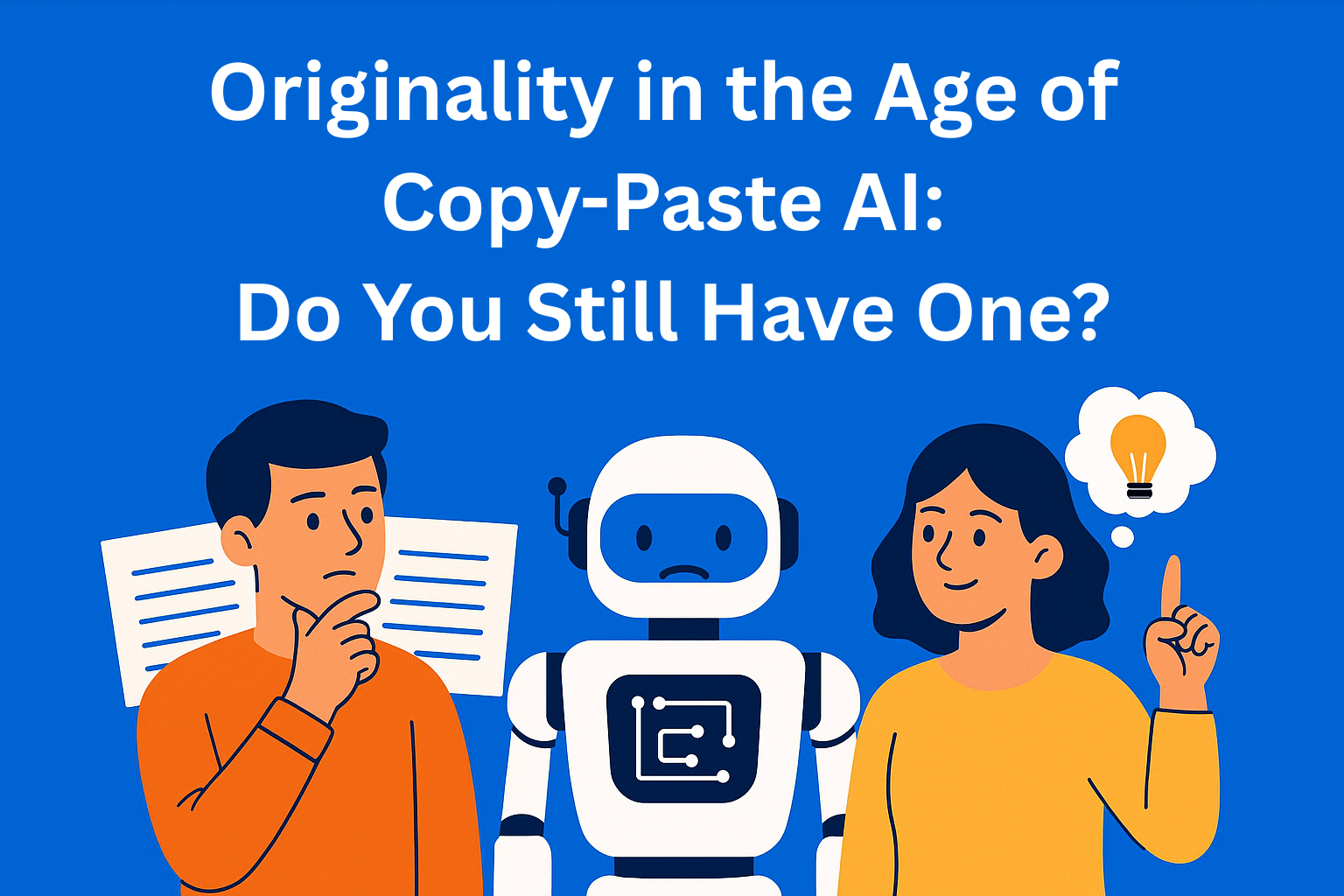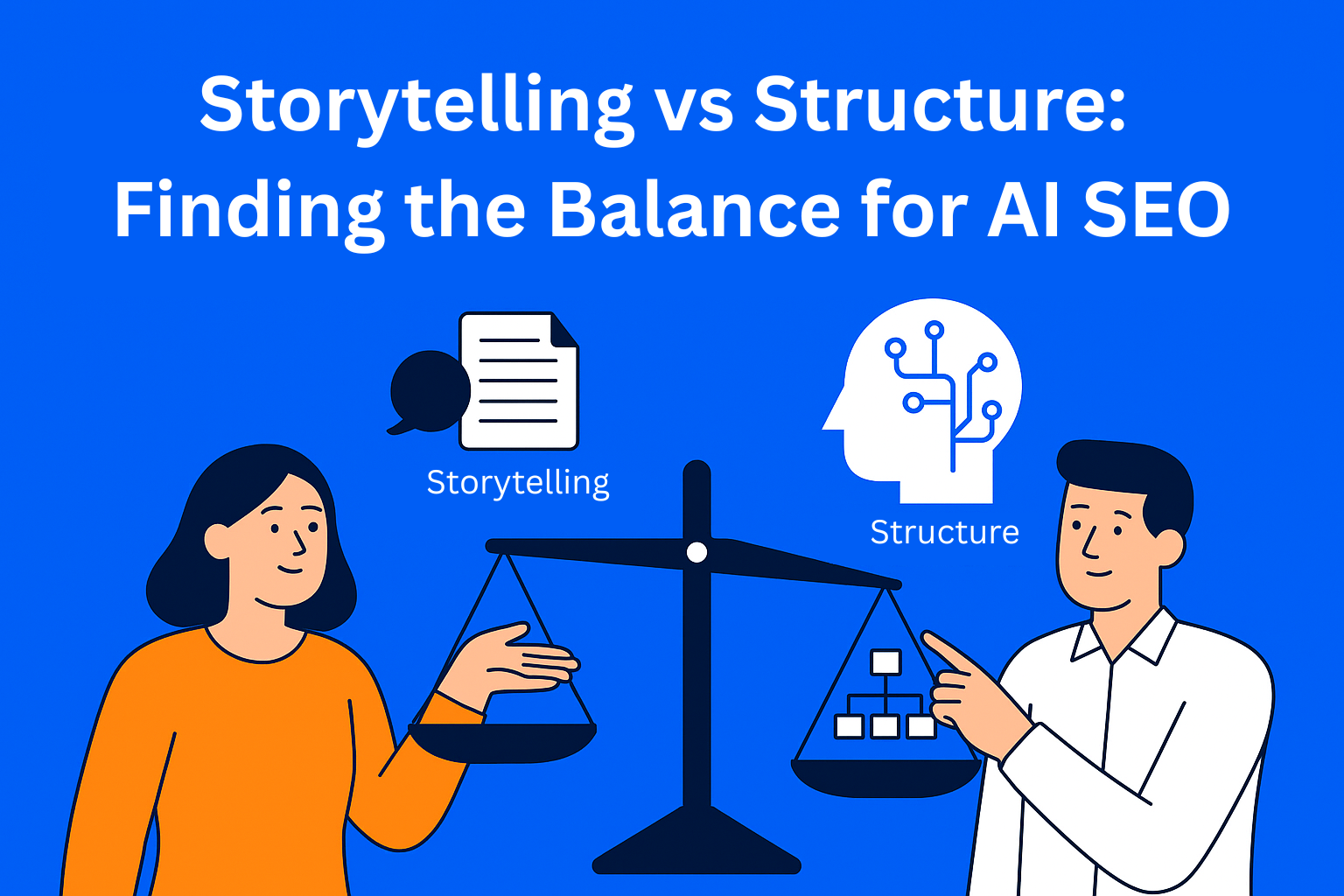Prompts to Make GenAI Content Sound More Human
Learn how to write prompts that make AI-generated content sound natural, warm, and truly human. Discover easy tips, real examples, and ready-to-use prompt ideas that turn robotic text into relatable storytelling.

You know that feeling when you read a text and it's obvious it was written by AI? It seems fine, everything’s there, but something’s missing... like you’re reading a microwave manual. Lately, more and more online content is being written by AI tools - blogs, captions, emails, even messages. And that’s okay, because they really can save time. But the problem starts when all that content ends up sounding like it was cobbled together by a robot with zero personality.
That’s why I’m writing this blog - to show you how a well-crafted prompt can make a huge difference. When you know how to ask, AI can give you a much more natural, warmer, and more human-sounding text. Nothing weird or overly formal. Let’s dive in.
Key Takeaways
- AI-generated content often sounds robotic because it lacks personal context and emotional tone.
- Human-like writing requires prompts that include emotion, tone, audience, and structure.
- Use real-life scenarios, roles, and storytelling elements to make AI content feel natural.
- Good prompts are specific: define tone, purpose, perspective, and target reader clearly.
- Try prompts like: “Write like you're texting a friend” or “Explain this as if mentoring a beginner.”
- The secret to more human AI writing isn’t smarter AI-it’s smarter prompting from you.
Why do GenAI texts often sound “lifeless”?
AI models, like ChatGPT, don’t really understand the world. They don’t have feelings, they don’t know what it means to have a bad day, fall in love, or mess up a presentation at work. They just combine words based on huge amounts of text they’ve analyzed.
That means, if we don’t give the right context, AI replies often turn out too “clean,” predictable, and soulless. The problem also lies in the prompts people write. When you say “Write a blog about marketing,” you’ll get something that sounds like a textbook article. But when you say “Write a blog about marketing like you’re chatting with a friend over a beer” - that’s a whole different story.
Traits of humanized content
For a text to sound human, it needs to have these things:
- Talk like you're having coffee with someone - relaxed, like you’re chatting with a friend, not giving a lecture
- Add a bit of yourself - when you share a personal experience or moment, it instantly warms up the text
- Don’t write everything the same - mix up sentence lengths so it sounds more natural
- Be honest and true to yourself - it doesn’t have to be perfectly phrased, it just needs to have your voice and vibe
- Think about who’s reading - write like you know who you're talking to and what might matter to them
When AI gets a brief like that, it can deliver a text that really sounds like it was written by someone with experience and a personality.
How to write better prompts?
This is the most important part. If you want your AI-generated content not to sound like a proofread textbook on autopilot, you need to learn how to write a good prompt.
Here are some tips:
- Add emotion - instead of “Write a text about stress,” try “Write an honest, emotional piece about dealing with work stress”
- Set the tone - “Use a relaxed, friendly tone, like you're writing a blog for young entrepreneurs”
- Give a role - “Imagine you’re a freelance designer giving advice to peers on how to negotiate with clients”
- Create a scene - “You’re explaining to someone over morning coffee how to plan their day to be stress-free”
- Structure it - “Include a personal intro, 3 helpful tips, and a warm conclusion”
Example of a bad and good prompt:
- Bad: “Write a blog about SEO”
- Better: “Write a blog about SEO for total beginners, include practical examples, clear language, and a friendly tone”
Prompts by style:
- Casual: “Write like you’re talking to a friend while riding the bus home from work”
- Inspirational: “Write a motivational piece for someone who wants to quit their job and start a business”
- Expert but relaxed: “Explain the benefits of email marketing without jargon, like you’re talking to a student hearing about it for the first time”
Practical examples
Let’s look at an example of how a prompt affects the tone:
Prompt 1 - generic:
“Write a blog about how to improve productivity.”
Result: Productivity is important for success in any job. There are many ways to increase your efficiency, including task planning, setting priorities, and using time management tools.
Prompt 2 - humanized:
“Write a chill blog post about productivity, like you're sharing tips with a friend who’s always running behind. Add some personal tricks and a fun example.”
Result: Okay, if you’re like me and constantly lose focus the moment a notification pops up, this is for you. What helps me is the 25-minute rule - I set a timer, shut everything off, and work. When it goes off - break and reward (read: TikTok). And you know what? It works.
Why does the second one work better?
- It has a personal touch
- It includes humor and a real tone
- It sounds like someone genuinely wants to help you
5 ready-to-use prompts you can try right now:
- “Write an Instagram caption like you're chatting with your best friend”
- “Imagine you’re writing a motivational email to a coworker who wants to quit their project”
- “Create a blog post about working from home from the perspective of a parent with young kids”
- “Explain the basics of UX design like you're mentoring a junior designer on their first job”
- “Write a piece on financial literacy that even someone who hates numbers can understand”
Conclusion
As you can see, the key to making AI content sound human isn’t the AI itself - it’s you. The way you ask is the way it answers. A good prompt is like a good brief - clear, emotional, and full of context.
People don’t just want information. People want a story, honesty, a bit of humor, and a whole lot of understanding. Next time you use GenAI, try one of the tips from this post. You might be surprised at how much more “human” everything can turn out.






